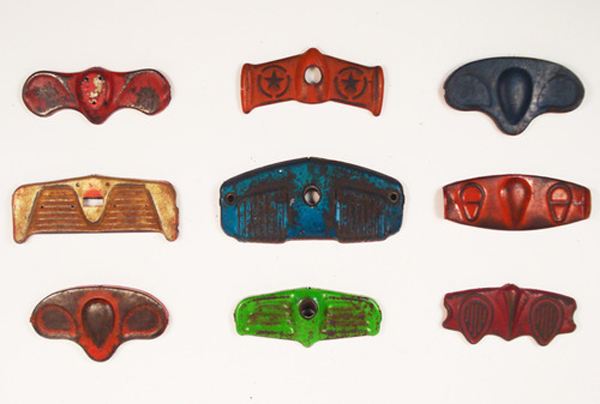
There’s something pleasurable about a good pattern, and it’s a pleasure all out of proportion to reason. Pattern is just arrangement, not content; it lacks the inherent meaning and immediacy of pure sensory pleasures, like buttercream frosting or dappled sunlight or the first crunchy bite of a ripe apple. And yet, pattern has tremendous emotional significance, at times irrespective of or even in contrast to the content it holds. Simply the act of imbuing order creates delight.
To experience this, you need look no further than the aptly named Things Organized Neatly blog, which showcases all manner of random objects upon which various kinds of order have been imposed: color spectra, grids, size hierarchies, taxonomies, pairings, tesselations, stacks, and so on. It’s a catalog of order, and of the ways in which order can transform ordinary objects in enchanting ways. A set of paint-dipped spoons, a few feathers, some mismatched number 2s — any of these objects would be unremarkable alone on a flea market table, but together, in their arrays, they’re evocative and compelling. Even objects that normally evoke emotions like fear, anger, disgust — objects like fish parts, knives, and guns — become joyful in this neatly organized world.


That the content can be arbitrary makes order an intriguing aesthetic of joy. It’s an aesthetic of process, rather than substance. Actually, as I write this, I’m reminding myself that all aesthetics concern process, when it comes down to it. Aesthetics are results of different kinds of processes — of growth, of fabrication, of movement, of selection, or of arrangement — and they reflect these processes in their forms. Order, a product of the last two, is a manifestation of balance, a sense of harmony between elements that transcends the quality of the individual objects. It’s about the forces between modules, rather than the modules themselves. Order gives the content emotional significance; in fact, we could say that by becoming the dominant feature to which our emotions react, order itself becomes the emotionally-relevant content.
But what kind of content? Why does order stimulate contentment, and even delight?
We humans are natural pattern-finders. Our brains revel in discovering order, and they do it even when no actual manipulation of objects is involved. With the volume of data being received through our senses at any moment, an ability to find a meaningful signal among the noise is one of the brain’s most essential functions. Order begets pleasure because order creates a canvas that allows us to identify disorder, and the opportunities or threats it could connote. As a species, we thrive and die by the extraordinary, so systems for finding it are intrinsic to our survival. One researcher describes this drive as patternicity, and points to a study that demonstrates that evolution favors an over-inclination to assign patterns to the world around us. (This tendency is so pervasive, our brains often even manage to find patterns where none exist — and it makes sense we do so even more when stressed, when the brain is on heightened alert for threats.) This patternicity extends to aural stimuli, as well as visual ones. Studies have shown that infants have an innate understanding of the concept of beat, and will react with surprise when a regular series of tones is disrupted. And of course, in music, the pattern or organization of tones is as much a determinant of the emotional content as the tones themselves, while the ability to discern these patterns is a major source of the pleasure of listening to music.

Many thinkers have expressed the joy of order, as they have observed it or felt it intuitively. Alain de Botton writes, “The drive towards order reveals itself as synonymous with the drive towards life.” Pearl S. Buck observed that “Order is the shape upon which beauty depends.” And perhaps a bit more abstractly, the biologist D’Arcy Wentworth Thompson, who had such a keen eye for order in nature: “The harmony of the world is made manifest in Form and Number, and the heart and soul and all the poetry of Natural Philosophy are embodied in the concept of mathematical beauty.” I love the word harmony, a more emotional interpretation of the more sober order. Harmony connotes a certain rightness, balance, and intrinsic pleasure that come from things that have meaningful relationships to each other. And I’m struck by the mention of soul in Thompson’s observation; we tend to think of soul as unbound, free of the confines of predictable order, so there’s a wonderful tension in the idea that the mathematical world of order can also offer soul.
Collecting is another manifestation of this desire for order, and a seemingly universal human behavior. I believe that we collect things to find patterns, often through objects that link together moments in our lives. Collecting, like all forms of pattern-finding, is a narrative impulse: Our things tell better stories when thoughtfully arranged. This may explain the oft-misunderstood delight of the collector, at finding an unusual button or butterfly. It is another link in the chain, a module in a story that is not so much invented as curated, assembled from ordinary-looking dross into a pattern of joy.
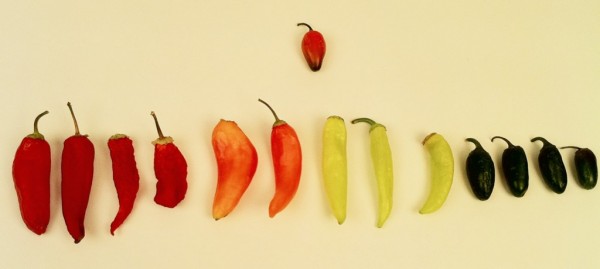
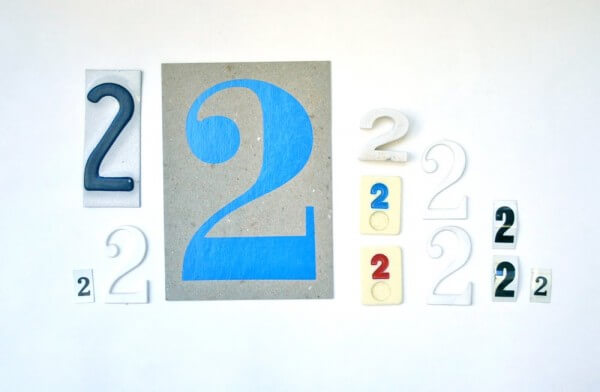
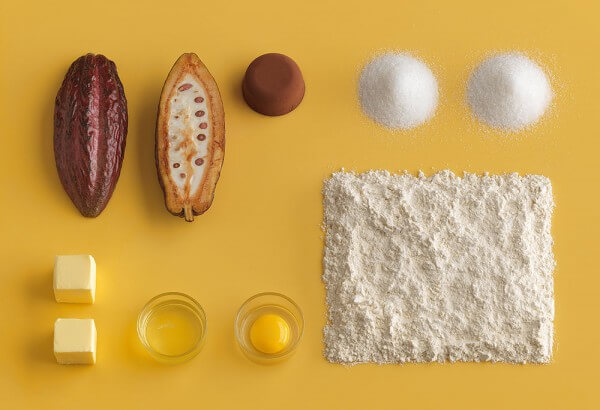
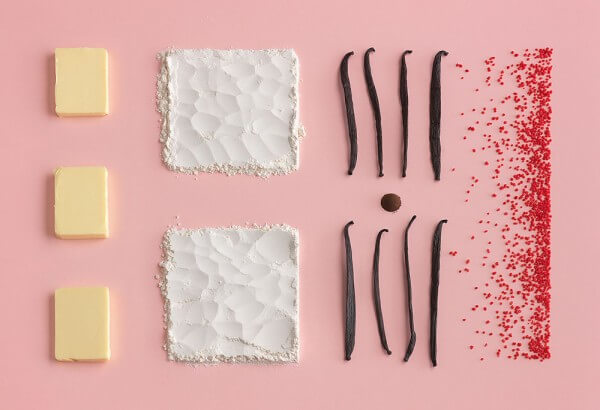
For more, check out Things Organized Neatly, as well as A Collection A Day, both blogs that showcase the joy of order. The last two images were republished on Things Organized Neatly from Homemade Is Best, a baking cookbook from IKEA. They’re amazing, probably deserving of a post of their own.


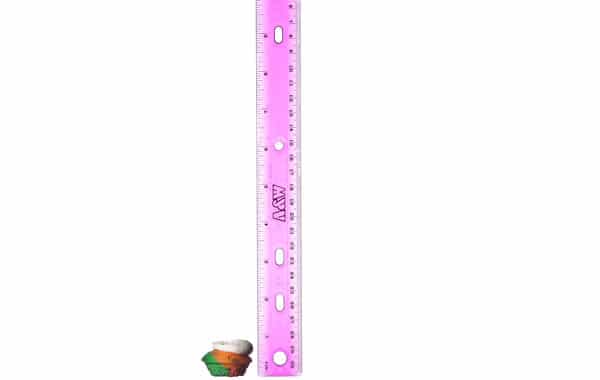


Discussion (1 Comment)